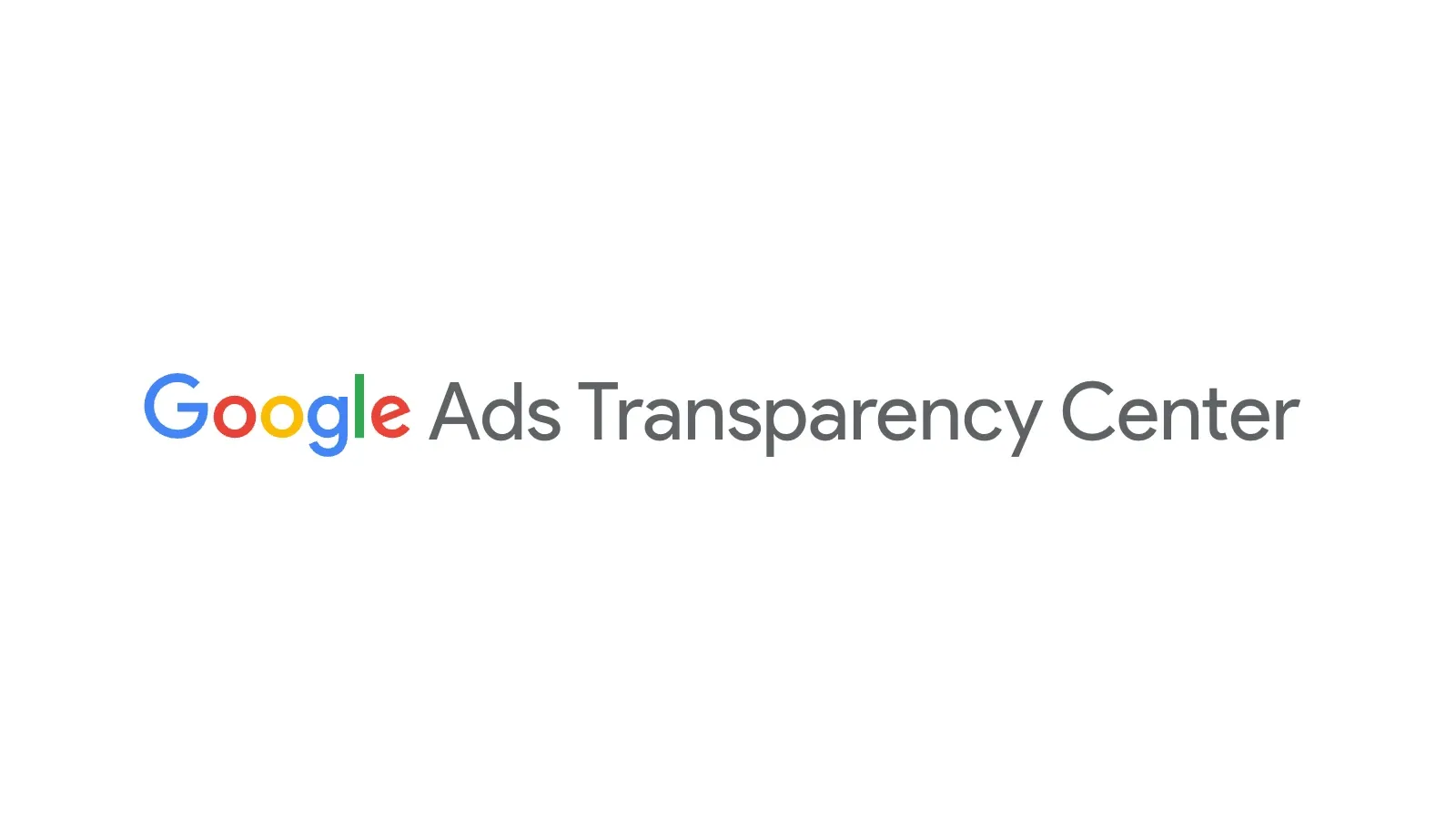A Deep Dive into the Google Ads Transparency Center
Google launched Ads Transparency Center (ATC) in 2019. The ATC provides a window into the often-opaque world of online advertising.

Google launched Ads Transparency Center (ATC) in 2019. The ATC provides a window into the often-opaque world of online advertising. Within its searchable database, advertisers, users, journalists, regulators, and researchers can find an array of information about who's advertising on Google, what their messages are, and how they target audiences.
One year ago, Google Ads Transparency Center was rolled out globally. For advertisers, it's a website where they can see the ads bought by competitors.
Who: The Players in the Transparency Game
Google: The search giant plays a dual role. They created the ATC as a transparency initiative, while also being the platform where the advertised content resides.
Advertisers: The range is vast, from multinational corporations to small businesses and individuals. Information about these advertisers is the heart of the ATC.
Users: Anyone who interacts with Google's platforms (Search, YouTube, Gmail, etc.) is exposed to ads and thus benefits from the information the ATC provides.
Researchers & Journalists: The ATC offers a dataset for those examining advertising trends, market dynamics, and the spread of information or disinformation (particularly around elections).
Regulators: Government agencies across the globe use the ATC to monitor compliance with advertising laws and regulations, particularly those related to political spending and disclosure.
What: Inside the Ads Transparency Center
The ATC offers several key types of information:
- Advertiser Details:
- Business or individual name
- Location
- Verification status (whether Google has confirmed their identity)
- Ad Samples: See examples of ads an advertiser has run.
- Targeting Data: The countries/regions where ads appeared alongside audience demographics (age, interests, etc.) used for ad targeting.
- Ad Formats: Whether ads were text, image, video, or other formats supported by Google's network.
- Political Advertising: Detailed reports specifically for ads related to elections or political issues. This includes information on spending and the intended audience.
Where: Accessing and Navigating the ATC
The Google Ads Transparency Center is a free and publicly accessible web platform.
While the interface is relatively straightforward, the sheer volume of data can be overwhelming. Let's consider a hypothetical example to illustrate how one might use the ATC:
- The Concerned Small Business Owner: A bakery owner in Chicago sees ads popping up for a new competitor. They use the ATC to check out the newcomer's advertising strategy, including ad formats, targeted locations, and any special offers used to attract customers.
When: Timelines and Historical Data
- ATC Launch: 2019 (Initially focused solely on political ads)
- Data Availability: Information about an ad generally appears on the ATC within 48-72 hours after the ad is shown.
- Historical Reach: Data on political ads goes back up to seven years, while non-political ads are tracked for 365 days.
Why: The Rationale Behind the Ads Transparency Center
- User Empowerment: Increased transparency allows users to make better-informed decisions about the content they see and interact with online.
- Advertiser Responsibility: The public nature of the ATC encourages advertisers to play by the rules and maintain ethical standards.
- Market Fairness: A more transparent landscape helps level the playing field, where businesses of all sizes can compete effectively.
- Regulatory Compliance: Transparency tools like the ATC help Google stay in line with evolving laws in different countries, particularly those related to election advertising.
- Understanding the Landscape: The ATC provides invaluable data that allows researchers to understand how advertising shapes markets, consumer behavior, and even political discourse.

